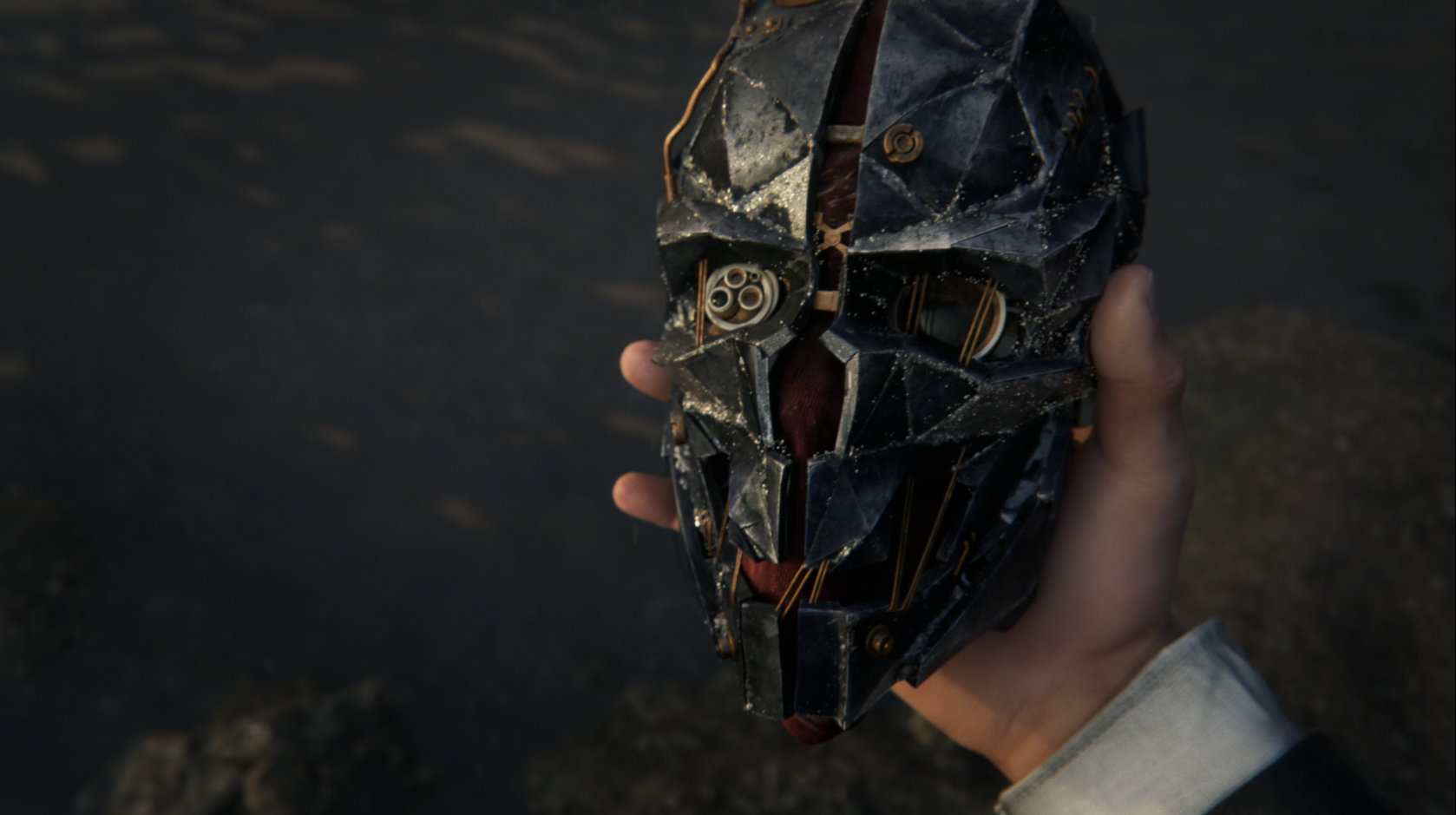 NEWS
NEWS
 NEWS
NEWS
 NEWS
NEWS
Arkane Studios’ Dishonored was one of the most exciting new IPs to come out of the last few years, and the French game maker thrilled fans at this year’s E3 when it announced Dishonored 2. The new game will feature two characters this time. Master assassin and former lord protector Corvo Attano will be returning, as will as a grown up Emily Kaldwin, the young empress that Corvo rescued in the first game.
Game director Harvey Smith recently spoke with The Guardian about what his team learned from the first game that will carry over into its sequel.
“Dishonored was a mish-mash,” he said. “We wanted to make a first-person immersive game in a fantasy world with some stealth features; it was a homage to games we’d made before or loved. But, halfway through, we were only just figuring out what it was. The map, the calendar, the religion the culture – it felt really good starting the new project just knowing that stuff. On top of that we were thinking, well, our swordfighting could have been a little deeper, our stealth could have been more reliable with better feedback, and our UI was slapped together at the last minute. Just at every level there was something to deepen or extend or think about longer.”
Smith explained that in developing Dishonored, the studio wanted to let players choose how they want to play without locking them out of interesting areas because of those choices.
“It’s a hybrid,” he said. “Some teams use an unlock schedule which is much easier because you know, at level three, the guy’s never going to have possession or whatever. We don’t do that. We give you your points and say: spend them how you want. You decide how to put together equipment upgrades and bone charms and powers to make your own little combinations. It’s much more expensive and much harder, but it ensures it’s fluid – your choices and my choices will probably be different.”
Giving players so many options with how they play the game present significant challenge for level designers, as each area can have multiple paths for players to take, but they must all appear to be realistic world designs.
“I hate to use the term realism, but we look at every place to see if it’s plausible,” Smith said. “Does it have a history? How does the guard in this room get to work? We’ve built levels before and then looked at them and said, ‘Really? The guy starts here on the terrace, then has to get to the dock, and he needs to walk a mile and up ten flights of steps? That doesn’t make any sense’. We approach it very plausibly but it’s very interconnected – you see the tower you need to get to, but your path will be different to mine.”
Support our mission to keep content open and free by engaging with theCUBE community. Join theCUBE’s Alumni Trust Network, where technology leaders connect, share intelligence and create opportunities.
Founded by tech visionaries John Furrier and Dave Vellante, SiliconANGLE Media has built a dynamic ecosystem of industry-leading digital media brands that reach 15+ million elite tech professionals. Our new proprietary theCUBE AI Video Cloud is breaking ground in audience interaction, leveraging theCUBEai.com neural network to help technology companies make data-driven decisions and stay at the forefront of industry conversations.